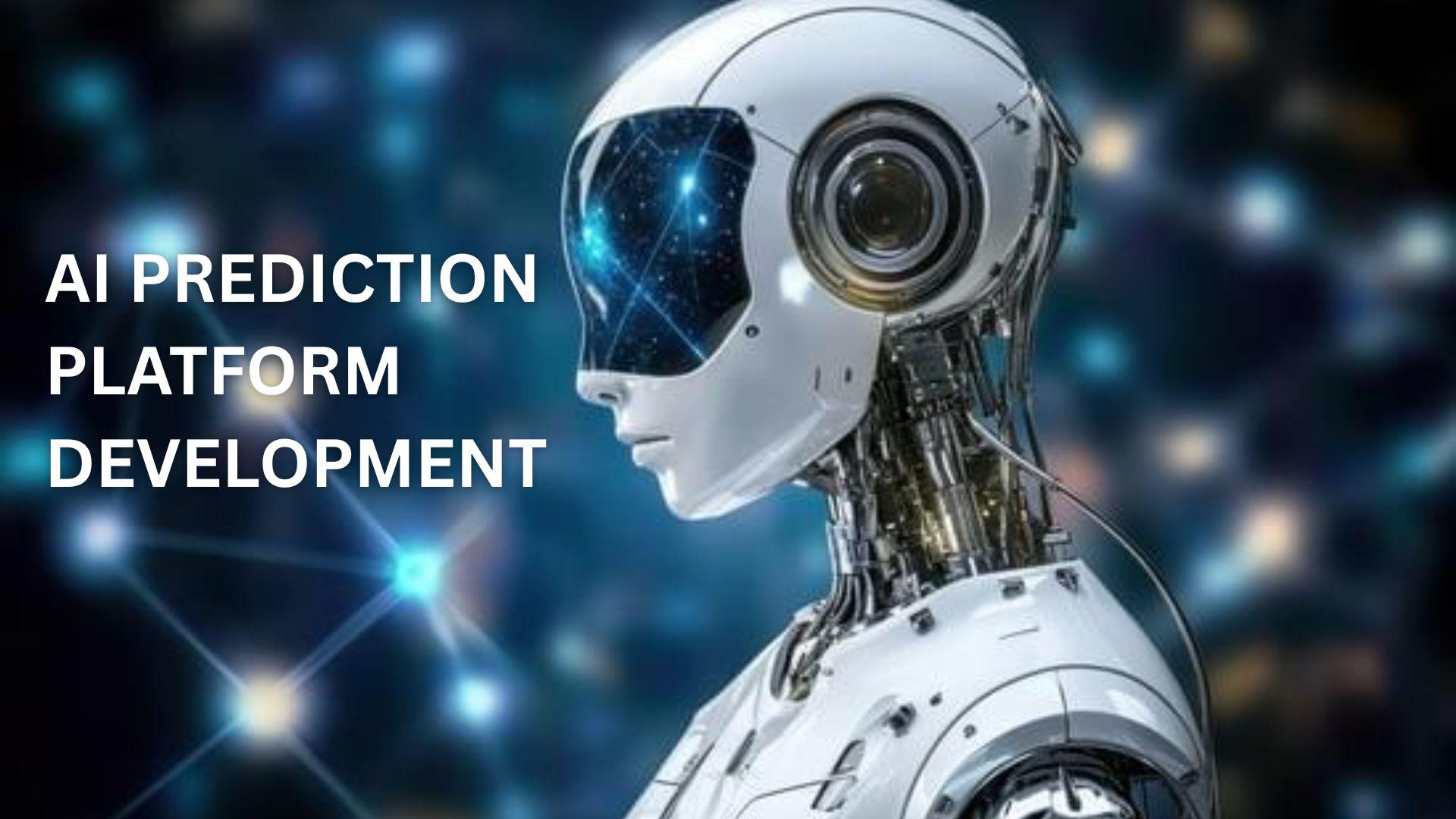A Complete Guide to Developing a Custom AI Prediction Platform: Timeline & Features

If you’ve been watching businesses quietly pulling ahead of their competitors and wondering “What’s their secret sauce?” — here it is: AI prediction platforms. From forecasting sales to predicting market movements, customer behavior, risk factors, or even machinery failures, companies are using predictive AI like a crystal ball that actually works. And if you’re thinking about building your own custom platform, congratulations — you’re already ahead of most.
Let’s walk through exactly what it takes to build an AI prediction platform that’s powerful, accurate, and totally your own.
Why Build a Custom AI Prediction Platform?
Think of it this way: off-the-shelf prediction tools are like ready-made shirts; they fit okay, but not perfectly. A custom-built platform is tailored to your specific data, workflows, industry, and growth plans. It gives you better accuracy, deeper control, and an edge your competitors can’t copy with a subscription.
Plus, imagine saying, “Yeah, our decisions are powered by our in-house AI engine.” That’s a flex — and a profitable one.
Must-Have Features of a Modern AI Prediction Platform
Here’s where the magic happens. A reliable AI prediction platform development typically includes:
1. Data Integration Layer
Connects seamlessly with CRMs, ERPs, IoT sensors, databases, APIs — basically everything you rely on.
2. Data Cleaning & Preprocessing Tools
Because raw data is messy, and AI hates mess.
3. Machine Learning & Deep Learning Models
Regression, time-series forecasting, anomaly detection, ensemble models — the works.
4. Real-Time Prediction Engine
Instant insights when decisions can’t wait.
5. Visualization Dashboard
Charts, insights, confidence scores — everything your team needs in one clean interface.
6. Automated Model Training & Retraining
Your AI learns, adapts, and stays sharp with fresh data.
7. Explainable AI (XAI) Module
Because “the model said so” doesn’t work in board meetings.
8. Security + Compliance Framework
Encrypted data, role-based access, audit logs — enterprise-grade safety.
When these pieces come together, you get a prediction engine that feels less like technology and more like a superpower.
Development Timeline: How Long Does It Take?
Here’s a realistic breakdown
Phase 1: Discovery & Planning
Understanding your data, prediction goals, industry challenges, and technical expectations.
Think of this as drawing the blueprint before building the house.
Phase 2: Data Pipeline Setup
Connecting all your data sources, cleaning the data, and preparing it for ML.
Phase 3: Model Development
This is where your AI learns patterns and starts making intelligent predictions.
Phase 4: Platform Development
Frontend, backend, dashboards, automation scripts — the full product takes shape.
Phase 5: Testing, Optimization & Deployment
Fine-tuning accuracy, scaling performance, and preparing for real-world usage
Final Thoughts: The Future Belongs to Predictive Businesses
AI prediction platforms are no longer “nice to have.” They’re becoming the engine behind smarter decisions, reduced risks, and faster growth. And once your business starts forecasting accurately, everything from revenue to operations suddenly becomes easier, smoother, and far more profitable.
If you’re thinking, “This is exactly what we need,” then you’re already on the right track.
Just imagine what your business could do if it knew what was coming next — and acted on it before anyone else.
- Fashion
- Art
- Causes
- Crafts
- Dance
- Drinks
- Film
- Fitness
- Food
- Giochi
- Gardening
- Health
- Home
- Literature
- Music
- Networking
- Altre informazioni
- Party
- Religion
- Shopping
- Sports
- Theater
- Wellness
